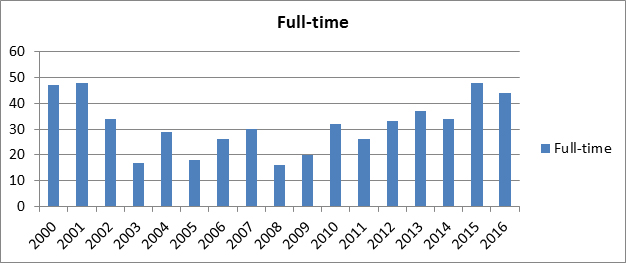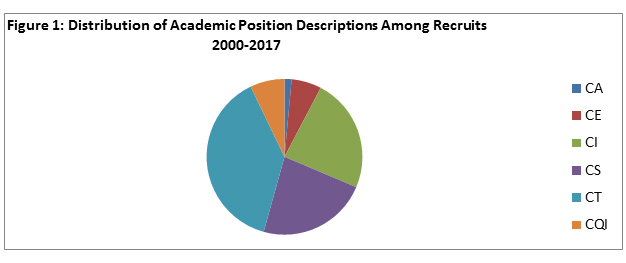Main Second Level Navigation
May 1, 2017
Chair's Column: Recruitment to Academic Medicine in the Department of Medicine
About Us, Cardiology, Clinical Immunology & Allergy, Clinical Pharmacology & Toxicology, Division of Dermatology, Emergency Medicine, Endocrinology & Metabolism, Faculty, Gastroenterology & Hepatology, General Internal Medicine, Geriatric Medicine, Hematology, Infectious Diseases, Nephrology, Medical Oncology, Neurology, Occupational Medicine, Physical Medicine & Rehabilitation, Respirology, Rheumatology




